New Land
New land for new ideas - high-quality farmland as the basis for development and prosperity
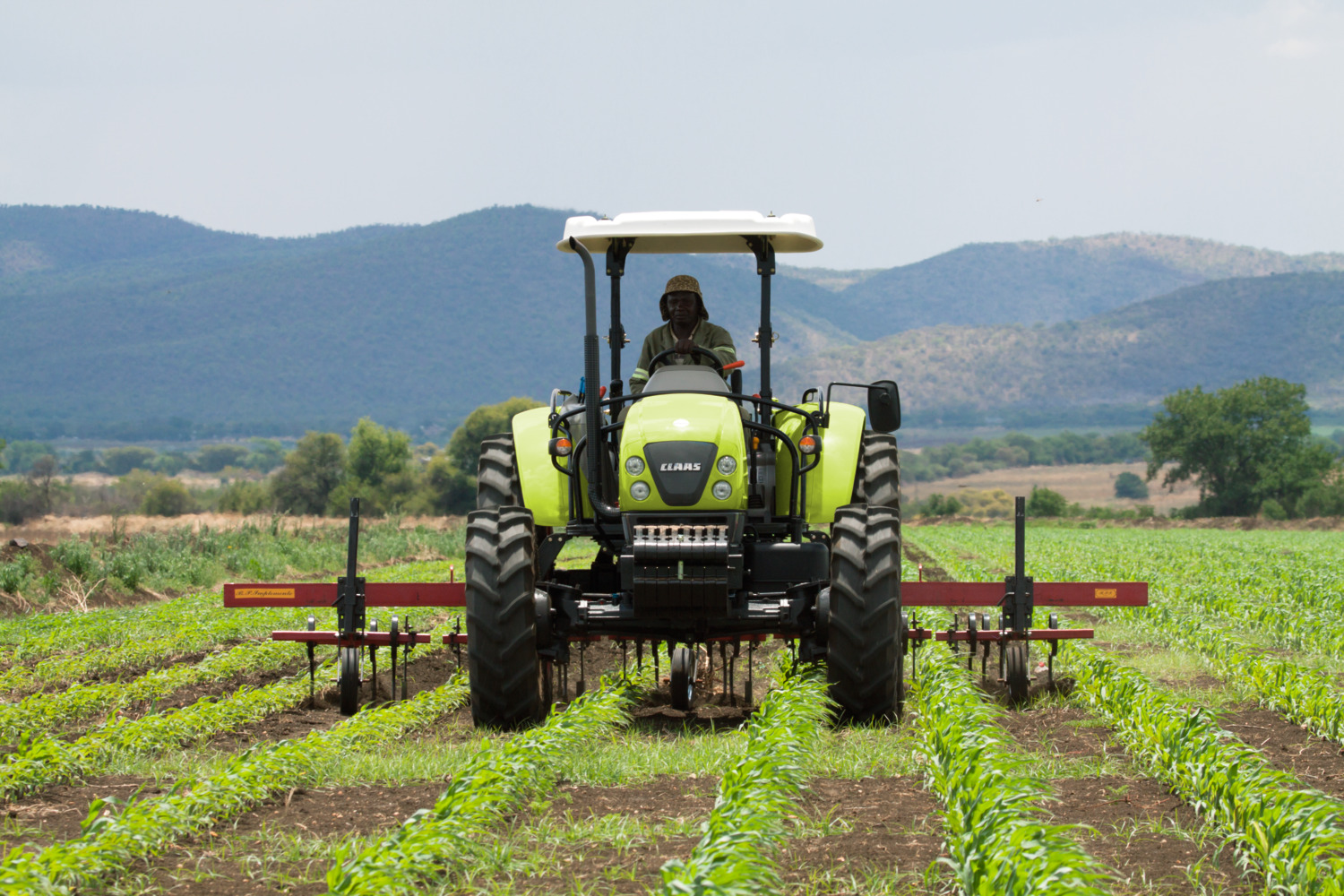
New standards in land reclamation
for the agricultural sector
With modern forestry mulchers and rotary tillers, the vegetation is finely shredded and fed directly to the area as organic, humus-forming material. This further improves good soils and significantly enhances the often degraded, sandy soils with humus-forming components. In particular, the nutrient content of the soil and the ability to bind water are improved.
Through tilling or deep mulching, the entire root system of the bushes and shrubs is also shredded and added to the soil as further humus material. This not only creates a homogeneous, airy soil horizon but also a soil that can be cultivated better and more economically. Ploughs and harrows encounter fewer solid obstacles such as roots and stones and less resistance in the upper soil layers. This protects the material and allows a higher driving speed with lower diesel consumption at the same time.
This type of agricultural land reclamation creates the basis for sustainable, modern and mechanized agriculture. This will make the sometimes inhumane physical exertion of working in the fields a thing of the past, and working in agriculture a real and extremely sustainable prospect for the future for generations to come.
Anyone who knows that a farmer in West Africa cultivates an average of 1-2 hectares of farmland, mostly with laborious manual labour, can imagine that every additional hectare of cultivated land significantly expands the possibilities and perspectives of the farmers. And since 2/3 of the population work in agriculture, this additional arable land is of extremely high economic relevance as well as of decisive social and developmental significance. They are the key to prosperity, social peace and prospects for the young generation.
Based on our concepts and partnership with leading manufacturers of tractors, mulchers and tillers, we can make a significant contribution to the creation of new acreage.
Until now, land development projects in West Africa have been carried out with bulldozers. The vegetation was removed from the area with heavy equipment and large rootstocks were pulled out of the ground. The resulting holes had to be backfilled and the area leveled with a dozer blade or grader. Then the actual cultivation could take place.
While slash-and-burn and manual clearing are still the order of the day in many regions of Africa, our customer CALAFI is already leaving the age of arable land reclamation with bulldozers behind with the delivery of the first large forestry mulcher to Togo.
Thought-provoking
Money is like dung, it belongs in the field where it can grow
Klaus Kobjoll
German management trainer
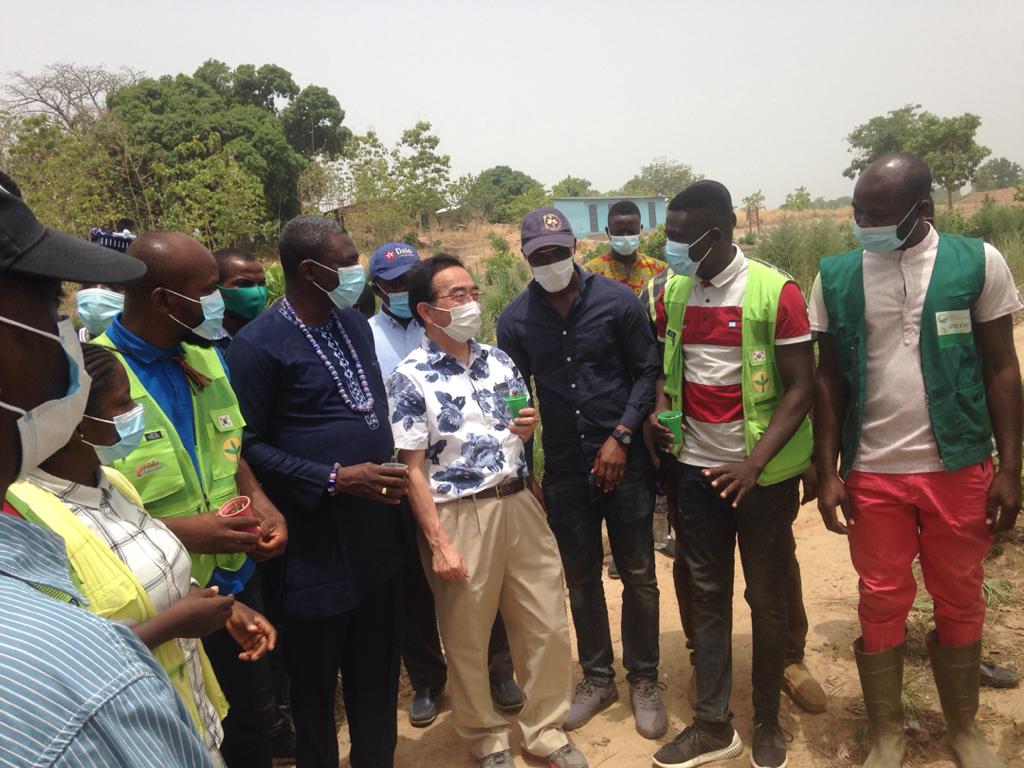
PHASE
Project evaluation, environmental and social impact assessment
01
Before work begins on a land reclamation project, we support the project sponsor in discussions and negotiations with all project stakeholders. These can be local communities, representatives of authorities at all levels or associations and organizations. Documenting and recording all discussions and agreements ensures maximum compliance with applicable legal, environmental and social standards for all parties involved.
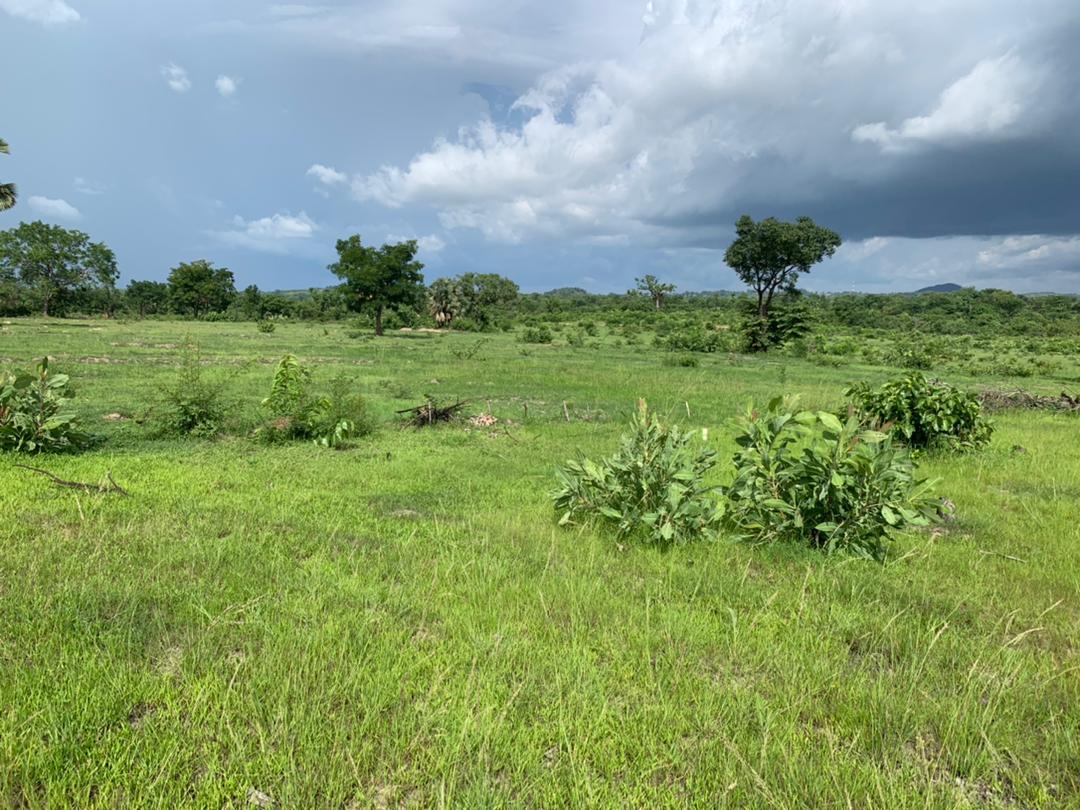
PHASE
Land reconnaissance
02
The reconnaissance of the area is carried out in cooperation with the clients and geographers, forestry and agricultural engineers. The aim is to optimally parcel the area to be prepared with regard to the planned use and against the background of the topography, hydrology, access and existing vegetation. The focus is both on the creation of arable land that allows efficient cultivation and on a landscape that fits both visually and functionally.
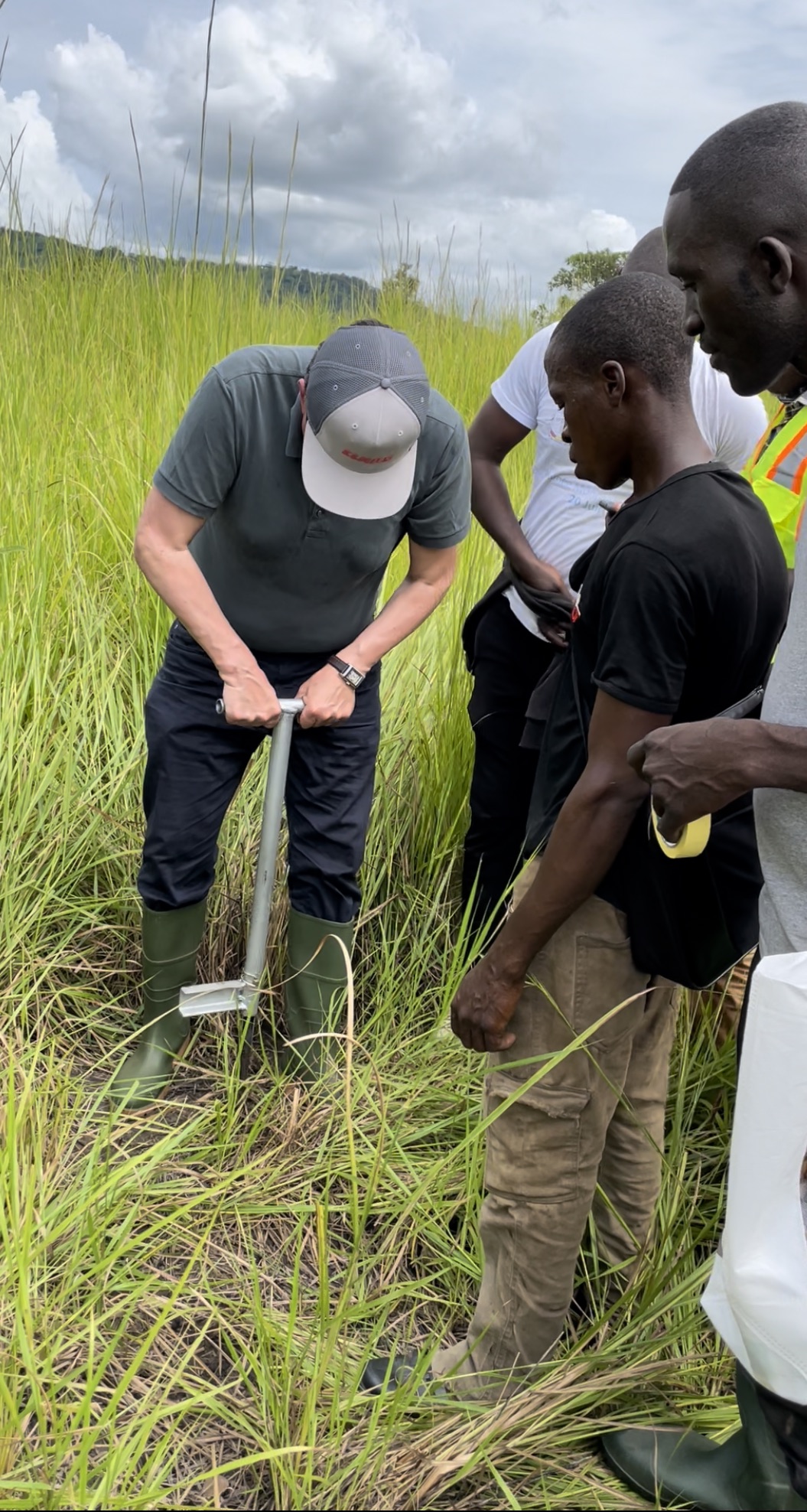
PHASE
Planning the project resources
03
In order to be able to plan the project well in terms of time and costs, conditions such as soil, vegetation, access, local personnel resources, climatic parameters, the planned time frame and future crops must be known. With this knowledge, I can plan the equipment and machinery to be used as well as the staffing and prepare a cost budget.

PHASE
Project camp set-up
04
Once the budget, schedule and resources have been determined, a camp must be built on the project site to provide an office, shelter for machinery and equipment and, if needed, accommodation for personnel. If new construction or expansion of access roads is necessary, this must be tackled first. Only then will the delivery of the equipment follow.
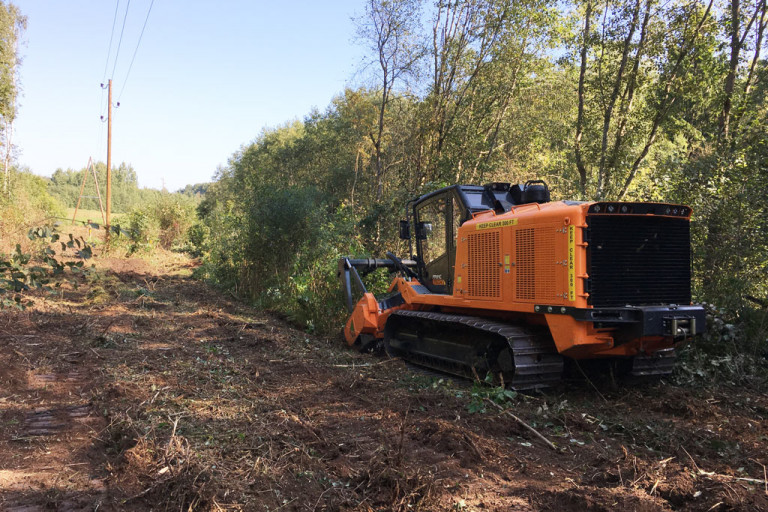
PHASE
Clearing and mulching
05
Depending on the vegetation, larger plants and trees that are obstructive in the course of land parcelling have to be removed with chainsaws and mulchers. As a rule, usable wood is left to the communities. Brushwood and branches and leaves are worked into the soil.

PHASE
Subsoil tilling
06
While mulching shreds the vegetation and leaves it on the surface, tilling works the mulch into the soil and shreds root systems and stones. The mulchers to be used can also work to a certain depth in the soil, but this is at the expense of the working speed. On the other hand, the tillers we offer, which hang behind the tractor, are designed for efficient milling of soil depths from 10 to 40 cm. From the point of view of efficiency, work should be done only as deep as necessary.
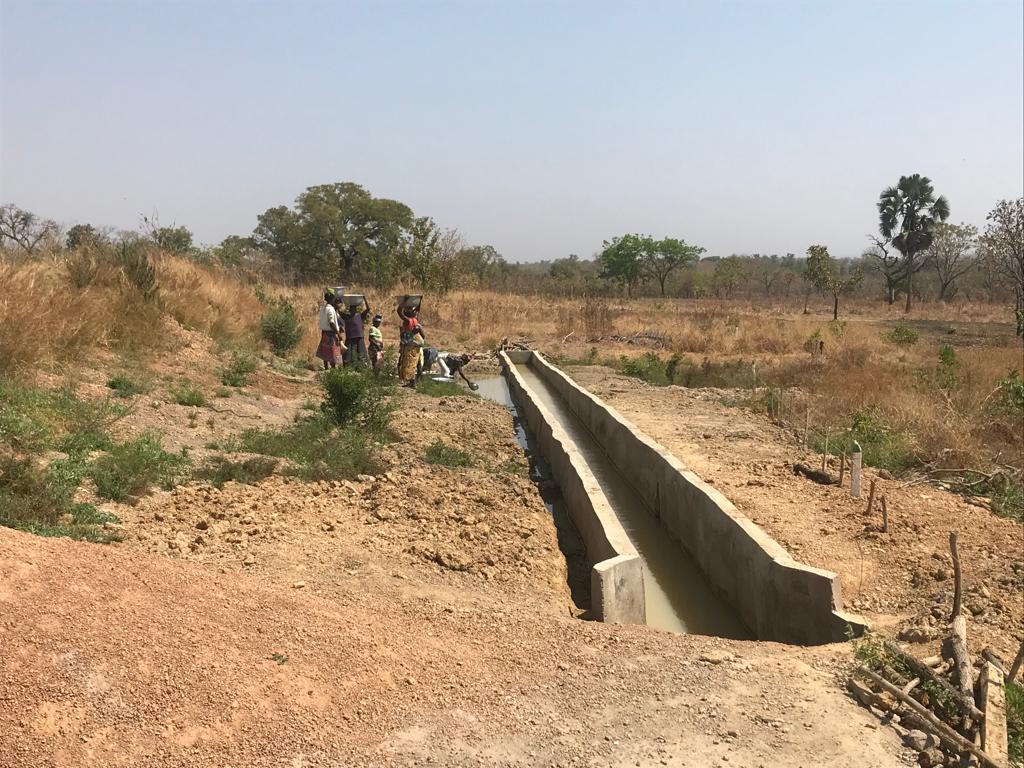
PHASE
Creation of irrigation systems
(if required)
07
Where water is only temporarily available for agricultural use, irrigation systems are required. In the context of new agricultural areas, it is therefore important to create the hydrological conditions for optimal land use. Especially in the drier regions towards the Sahel, where there is only one rainy season, well-planned irrigation is important to enable two cropping and harvesting cycles. It requires a lot of expertise and the right machinery to perfectly hydrologically equip new cultivated areas.
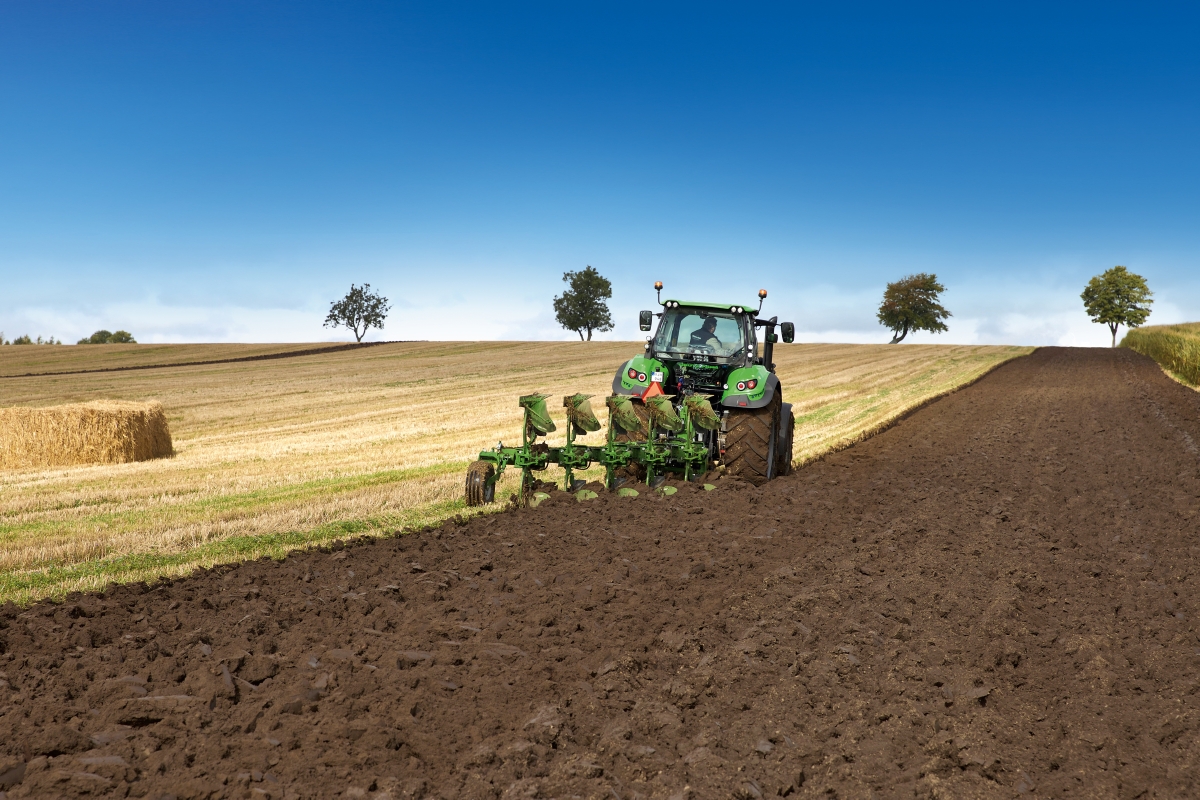
PHASE
First tillage
08
Once the new farmland has been mulched, milled and parceled out, cultivation can and should begin immediately. If no or no suitable equipment for cultivation is available on the project side, we recommend, also for quality reasons, to have at least the first soil cultivation carried out by experienced contractors. Depending on the planned crop and soil conditions, the fields are tilled with a plow, cultivator or harrow in preparation for the first sowing.
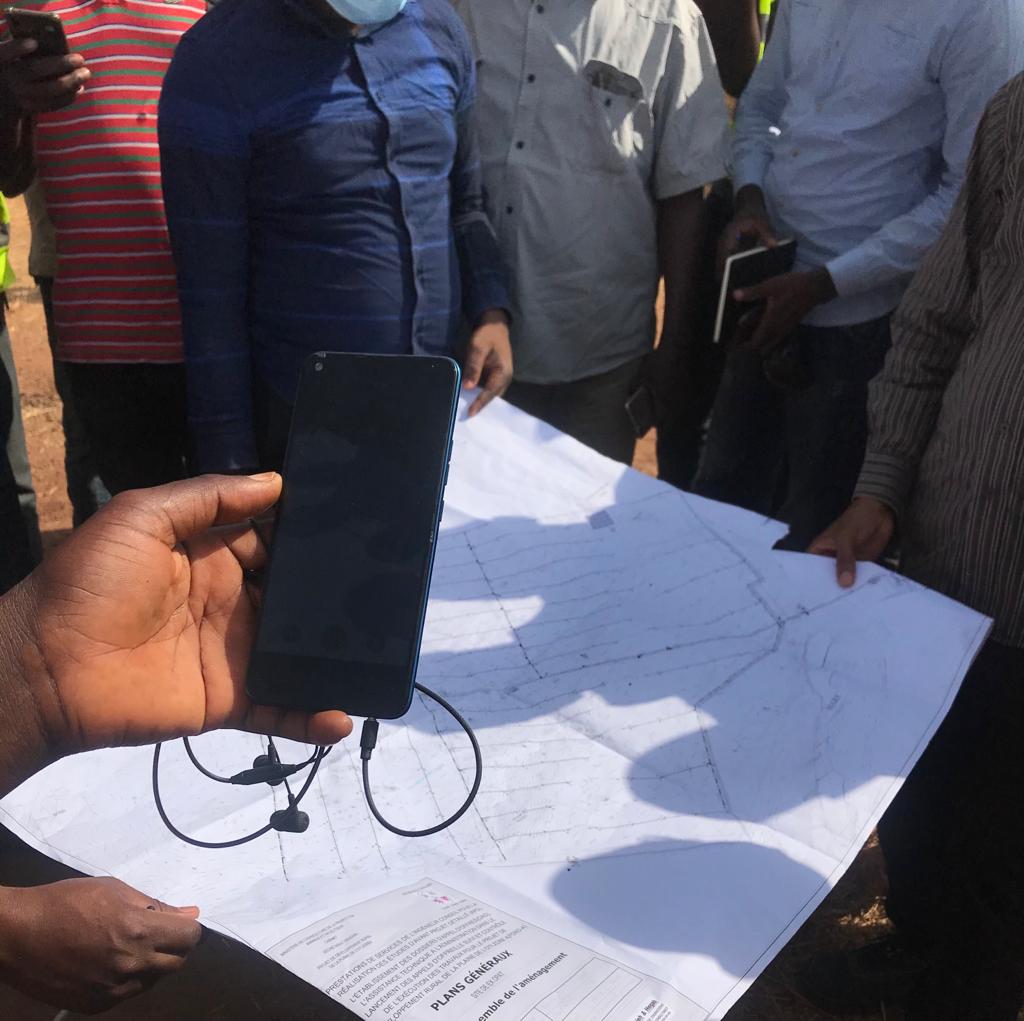
PHASE
Project handover
09
Upon completion of the commissioned services, the project is handed over including detailed documentation. This includes survey data, a description and localisation of special conditions such as swampy areas, work documentation, management recommendations, a list and description of the recommended machines and, optionally, a soil survey with soil analysis and fertiliser recommendations.
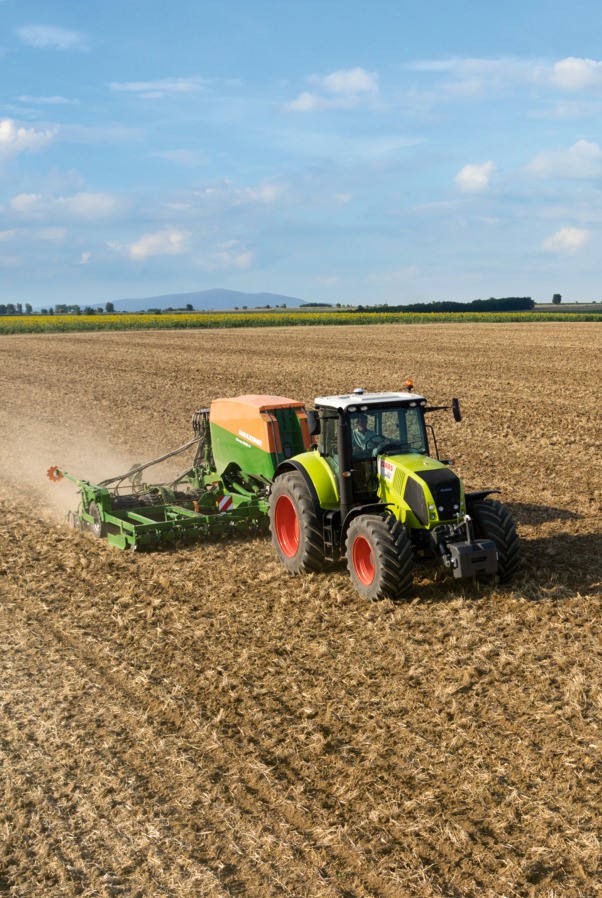
PHASE
Management services
10
In the event that the client decides to outsource all or certain cultivation services for economic or budgetary reasons, we are happy to help outsource these services. We can provide service providers with the appropriate machinery to cover everything from tillage to harvesting, allowing work to be done at a fixed cost per hectare. You can find out more about management services here.
Thought-provoking
Where the farmer is poor, the whole country is poor.
Polish proverb
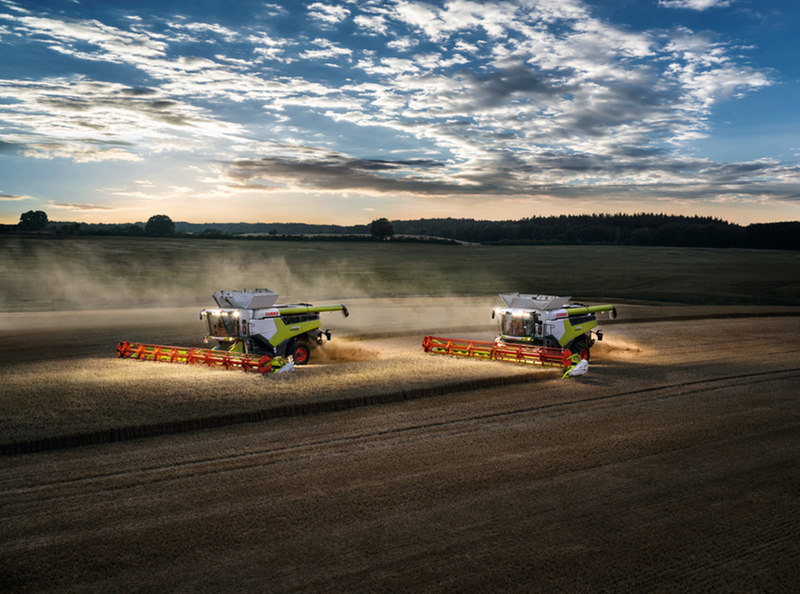
Mulching & Tilling -
Ecological aspects
Better water balance for the soil
01
Mulch, i.e. small pieces of wood, in contrast to non-organic soil components, store water and slowly release the moisture back into the soil or plants. This regulates the water balance much better, especially in sandy, humus-poor soils.
Loose, well aerated soils
02
In heavy, humus-rich soils, incorporated mulch provides loosening of the upper soil layers. This ensures better aeration and even watering of the soil.
Very good regulation of the soil temperature
03
Especially in sandy soils, the incorporation of mulch acts as an insulator. Since organic material (e.g. wood) does not heat up as quickly (e.g. stone, sand), a more constant and, in the hot periods, lower overall soil temperature is achieved. This is clearly better for cultivated plants.
Protection against washout and erosion
04
A large amount of mulched material in the top layer of soil prevents the already composted humus from being washed out during tropical heavy rain events. This effect is due to the buffering and shielding effect of the wood particles. Mulching makes an important contribution to preventing the erosion of unprotected soils, which is so problematic in Africa.
Nutrient input and storage
05
Successive composting of the mulch adds nutrient-rich material to the soil. This constantly increases the humus content. The quality of the soil increases and with it the productivity of the land.
Basis for sustainable mulch sowing systems
06
The mulching of crop residues (maize straw, soy straw, etc.) during the cultivation phase using rotary and disc harrows continues to introduce organic material into the soil even after years, when the mulch of the original vegetation has already been composted and converted into humus.